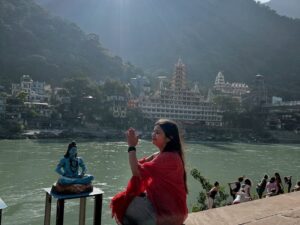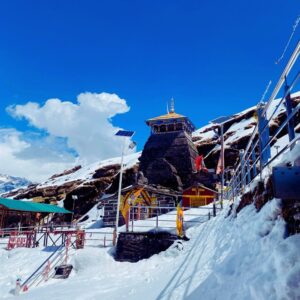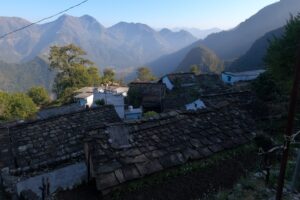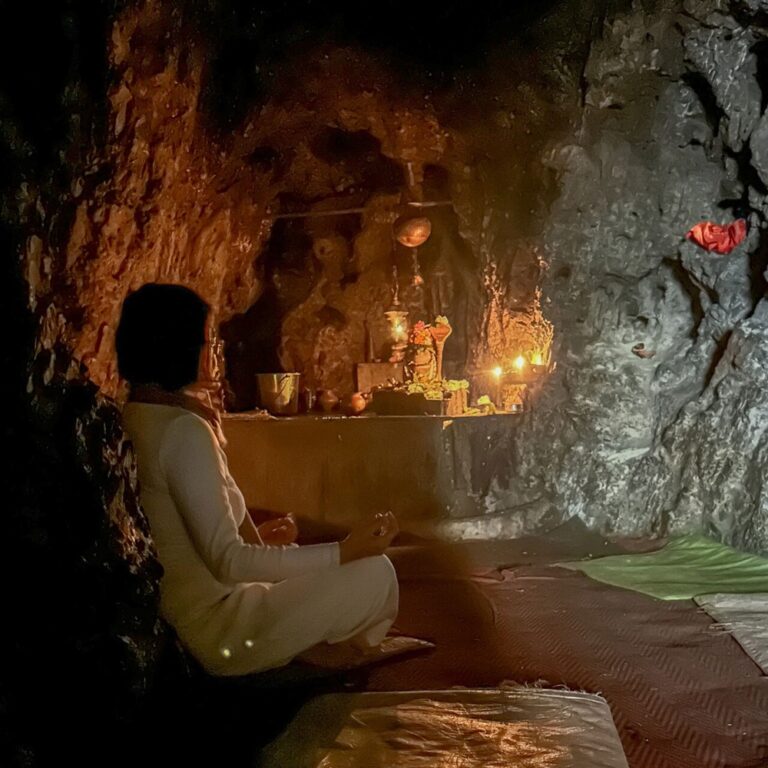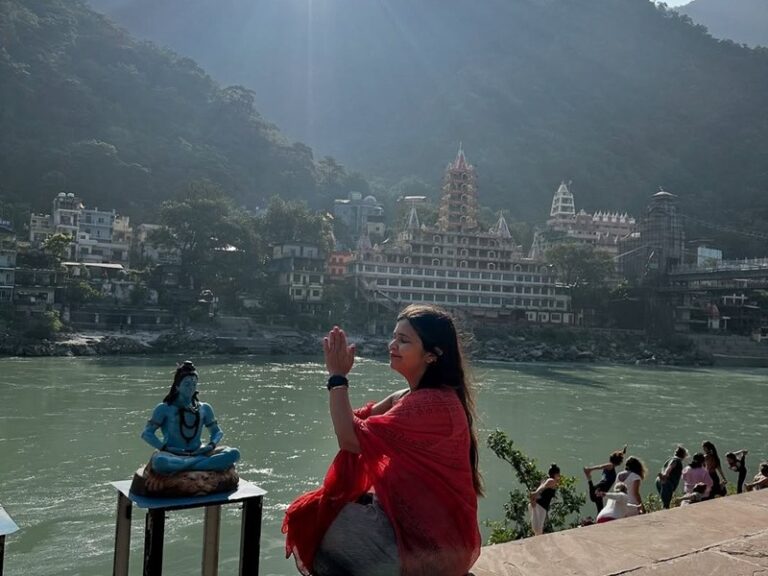Discover Top 10 most Famous Temples in Ayodhya, India
Ayodhya, a city steeped in religious significance, historical lore & for its famous temples. This city beckons travelers and pilgrims alike to embark on a spiritual journey like no other. This holy city is on the banks of the sacred river Saryu.
Ayodhya is the birthplace of Lord Rama, one of the most revered deities in Hinduism. In this travel blog, we will take you on a tour of the enchanting famous temples in Ayodhya that dot this ancient city, each a testament to its rich cultural heritage and devotion.
Here we are presenting a compilation of famous temples in Ayodhya that grace the sacred city of Ayodhya.
Ram Janmabhoomi:
Our journey begins at the heart of Ayodhya, the Ram Janmabhoomi. Translating to “Ram’s Birthplace,” this site is believed to be the very spot where Lord Rama was born. According to the epic Ramayana, Rama grew up along the serene banks of the Saryu river. For Hindu devotees, this is not just a place; it’s a sacred pilgrimage where faith comes alive.

Hanuman Garhi:
Adjacent to Ram Janmabhoomi is Hanuman Garhi, another revered temple. This temple complex is dedicated to Lord Hanuman, a devoted disciple of Lord Rama. The temple’s architecture and the spiritual ambiance make it a must-visit place for devotees seeking blessings and solace.
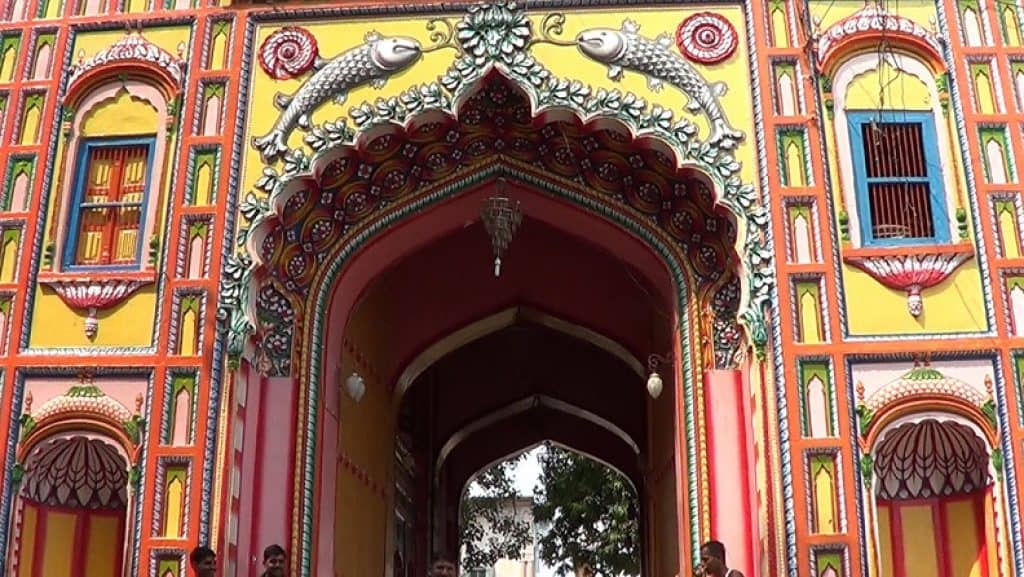
Nageshwarnath Temple:
A short distance away, we find the Nageshwarnath Temple. It is built and established by Lord Rama’s son, Kush. This temple pays homage to Lord Shiva and showcases intriguing sculptures of semi-divine Nagas worshipping the deity.

Kanak Bhavan:
Moving northeast from Ram Janmabhoomi, we arrive at Kanak Bhavan, also known as Sone-ka-Ghar. This holy site is stands for Lord Rama and his consort, Goddess Sita. The exquisite architecture and the spiritual aura make it a serene destination for seekers of divine blessings.
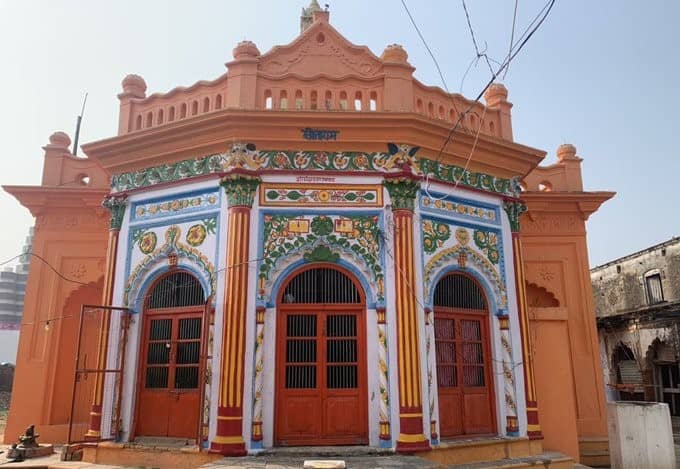
Sita Ki Rasoi:
A stone’s throw away from Ram Janmabhoomi. Sita Ki Rasoi is the ancient kitchen used by Goddess Sita herself. Now transformed into a temple, it houses exhibits related to the sacred kitchen and is a testament to Sita’s devotion.
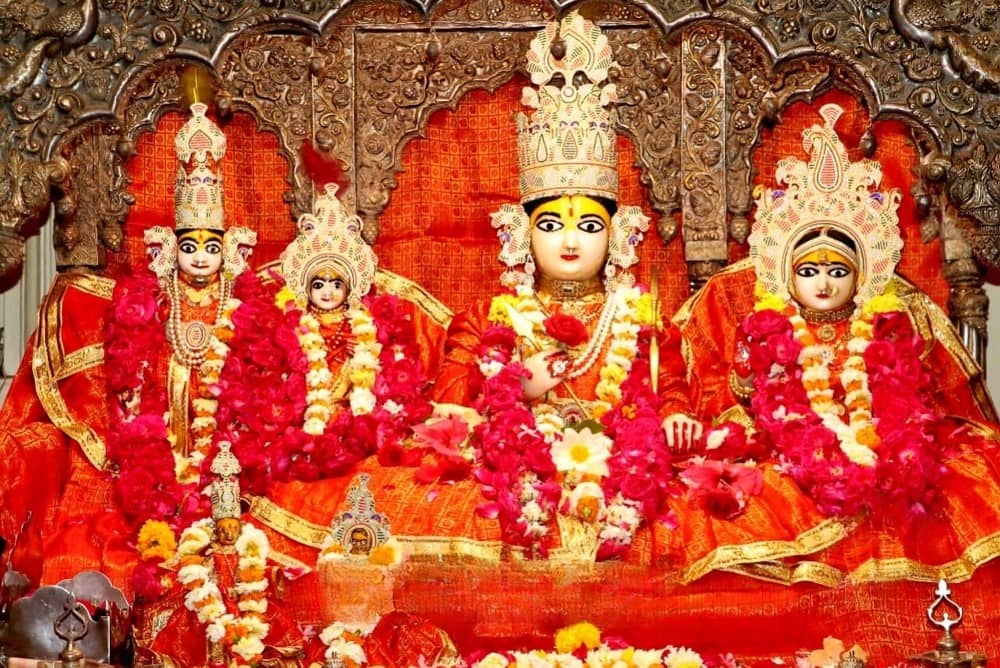
Treta Ke Thakur:
On the banks of the Sarayu river, we discover the Treta Ke Thakur Temple. This temple houses multiple idols, including Lord Rama, Sita, Lakshman, Hanuman, Bharat, and Sugreev, all sculpted from a single black sandstone. It is open for 24 hours on the auspicious day of Ekadashi in November.
Choti Devakali Mandir:
This temple, built by King Dashrath for Sita Devi’s worship of Goddess Devkali, hosts recitations of the historic poem Ram Charit Manas by Tulsidas. It becomes a hub of festivities during Ram Navmi, Ram Vivah, and Janaki Navami.
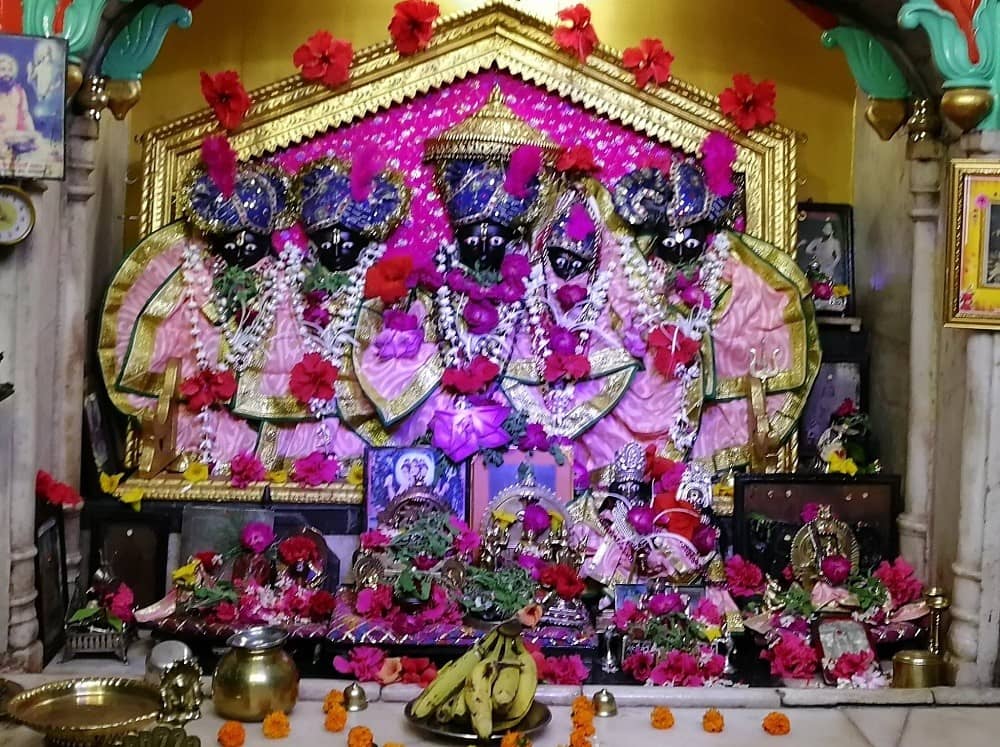
Shri Kale Ram Temple:
Considered the most important temple in Ayodhya, Shri Kale Ram Temple features idols of Lord Rama along with his brothers Bharata, Lakshmana, and Shatrughna, as well as Lord Hanuman and Goddess Sita. Visitors can even stay in the temple’s guesthouse.
Raj Dwar near Hanuman Garhi Temple:
Situated in Tulsi Nagar, this magnificent temple once had a Shikara made of pure gold. Although the gold was replaced after independence. The temple still draws crowds during the annual fair organized by its authorities.
Shree Swaminarayan Mandir Ayodhya
Located on Patrapur Road, the Swaminarayan Temple is famous for its beautiful idols of Radha Krishna Deva and Harikrishna Maharaj. It also holds historical significance as the abode of Shri Swaminarayan, who performed sacred rituals here.
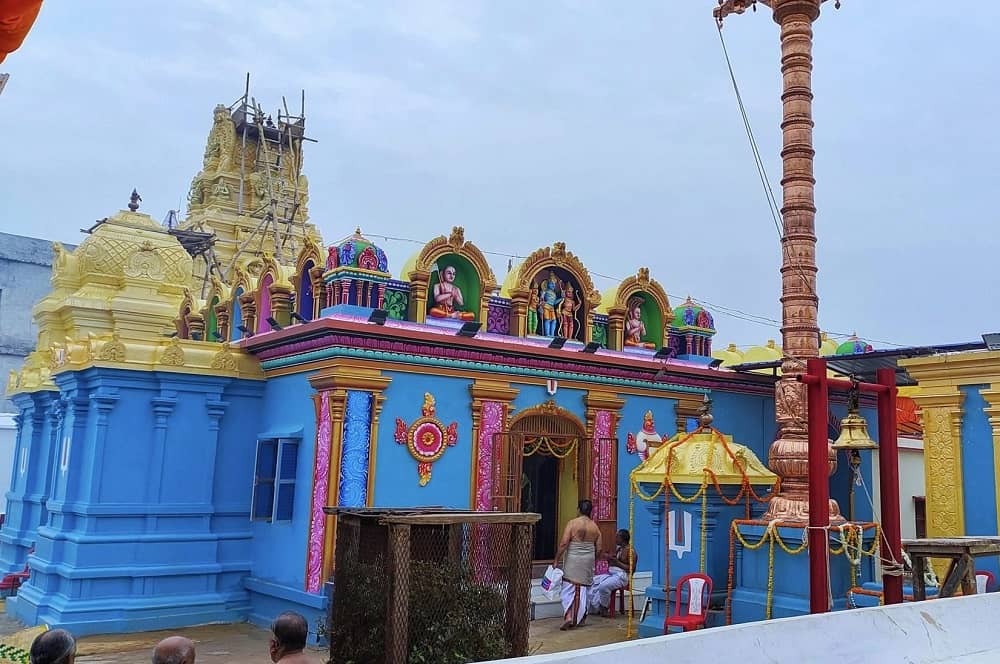
Ammaji Mandir:
Our journey concludes at the elegant Ammaji Mandir, one of the 108 Divya Desams of Lord Vishnu. Overlooking the Saryu river, this temple boasts a century-old legacy and holds a special place in the hearts of devotees, thanks to the selfless devotion of Sri Yogi Parthasarathy Iyengar’s wife.
Conclusion:
Ayodhya is a city where spirituality and history merge seamlessly. Visiting these famous temples in Ayodhya is not just a journey through physical spaces; it’s a spiritual awakening, a glimpse into the legends and devotion that define Ayodhya’s essence. So, pack your bags and embark on this sacred pilgrimage to experience the divinity of Ayodhya for yourself.



